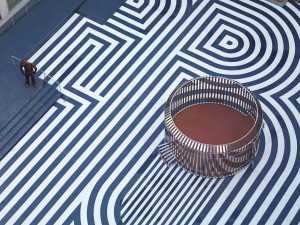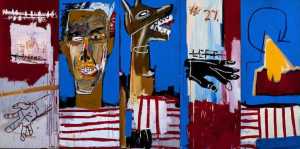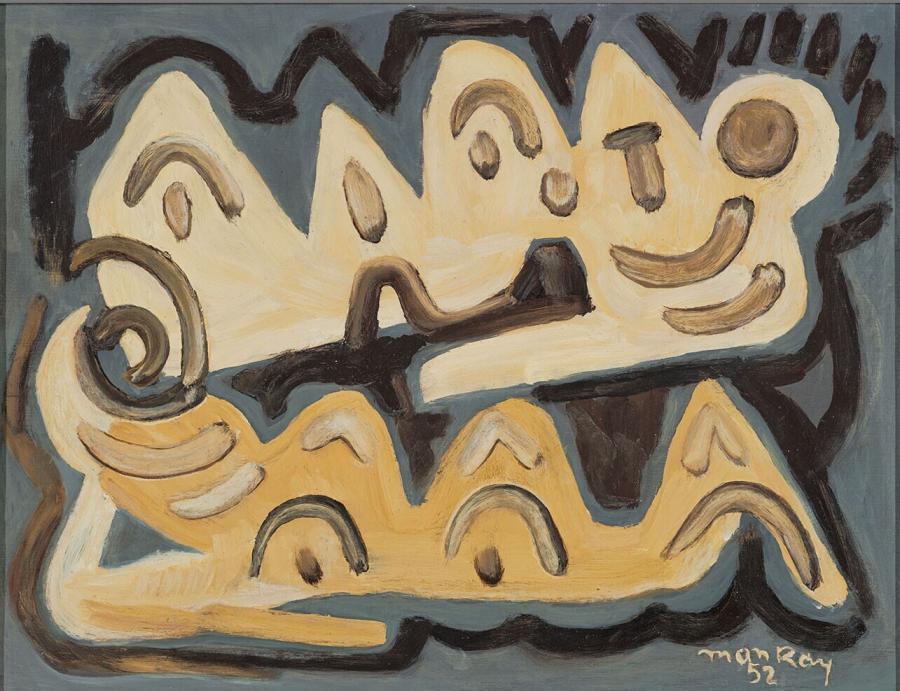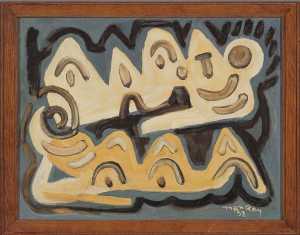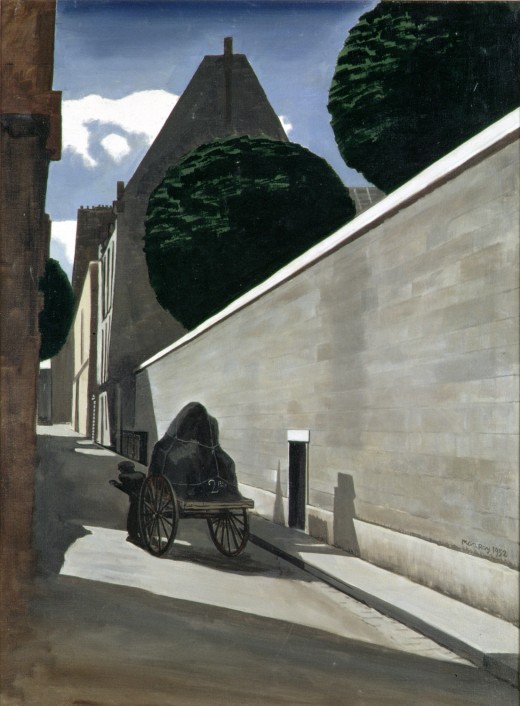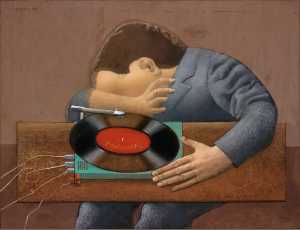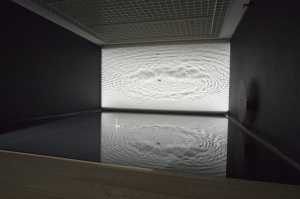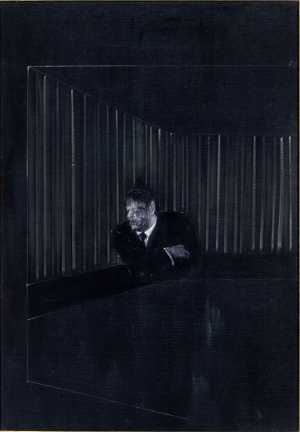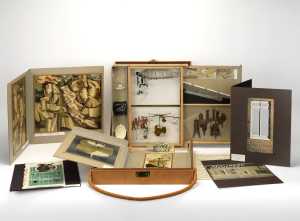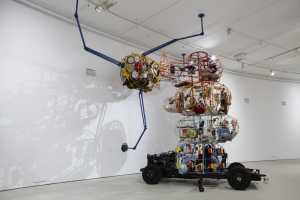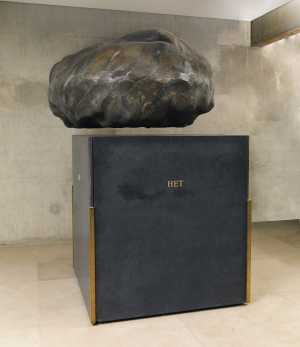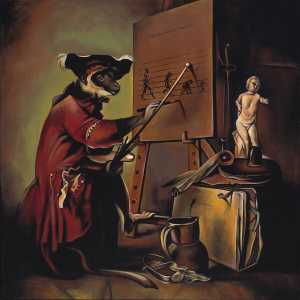Specifications
| Title | Composition |
|---|---|
| Material and technique | Oil on panel |
| Object type |
Painting
> Painting
> Two-dimensional object
> Art object
|
| Location | This object is in storage |
| Dimensions |
Width 35 cm Height 26 cm |
|---|---|
| Artists |
Artist:
Man Ray
|
| Accession number | 3234 (MK) |
| Credits | Purchased 1990 |
| Department | Modern Art |
| Acquisition date | 1990 |
| Creation date | in 1952 |
| Entitled parties | © Man Ray Trust / ADAGP, c/o Pictoright Amsterdam 2018 |
| Provenance | Charles Heytum, Hollywood/Lausanne; Christophe Vincent, Clarens; Stephen Storm, Lausanne/S. Legier 1977-87; Christie’s Amsterdam, 12 December 1990, lot. 448 |
| Exhibitions | Rotterdam 1996a; Rotterdam 1998a; Rotterdam 2010; Rotterdam 2017b |
| Internal exhibitions |
De collectie als tijdmachine (2017) Collectie - surrealisme (2017) |
| External exhibitions |
A Surreal Shock. Masterpieces from Museum Boijmans Van Beuningen (2023) Dal nulla al sogno (2018) Dalí, Magritte, Man Ray and Surrealism. Highlights from Museum Boijmans Van Beuningen (2023) A Surreal Shock – Masterpieces from Museum Boijmans Van Beuningen (2021) Surrealist Art - Masterpieces from Museum Boijmans Van Beuningen (2021) Only the Marvelous is Beautiful (2022) |
| Research |
Show research A dream collection - Surrealism in Museum Boijmans Van Beuningen |
| Literature | Amsterdam 1990, p. 181, cat. no. 448 |
| Material | |
| Object | |
| Geographical origin | The United States of America > North America > America |
Do you have corrections or additional information about this work? Please, send us a message



